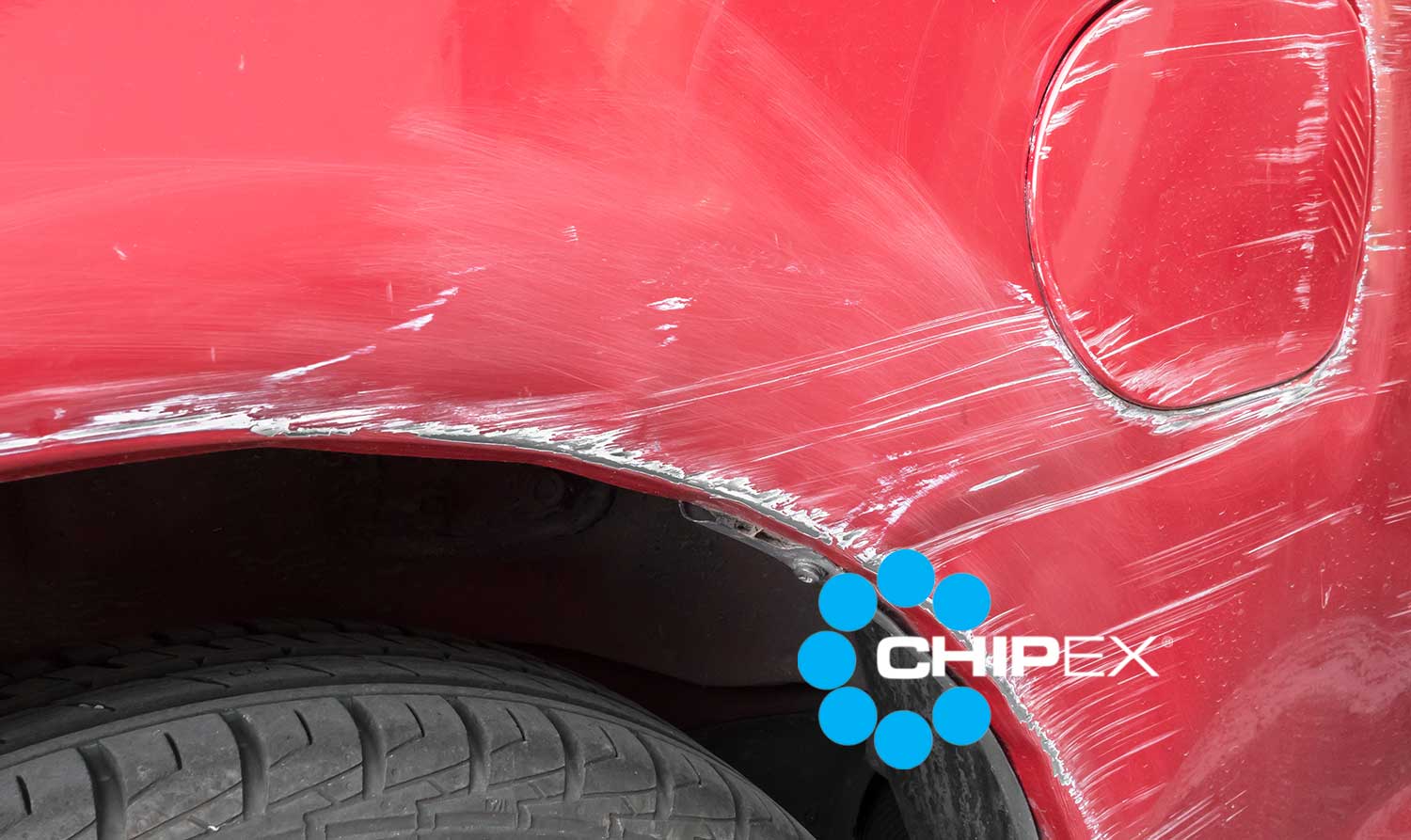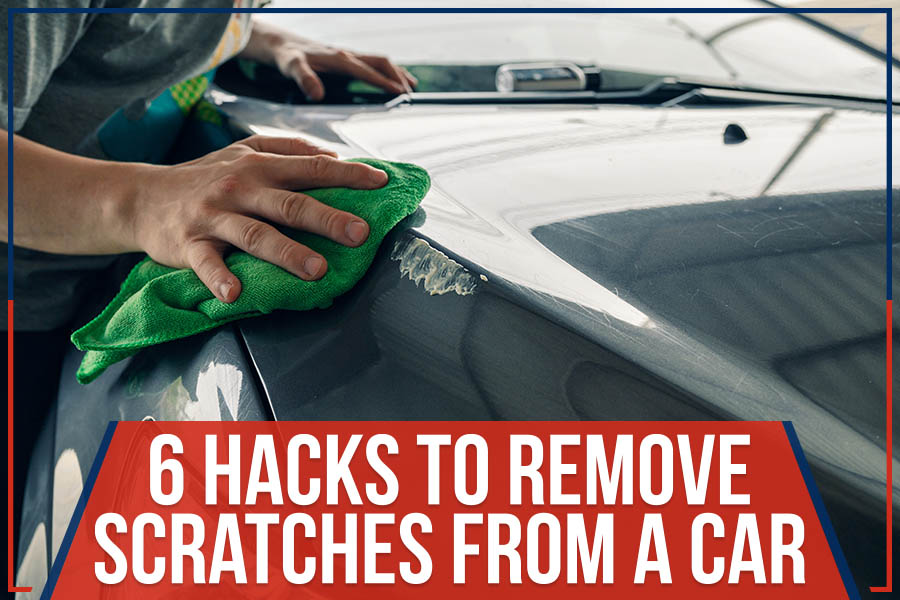How to Buff Out Paint Scratches on a Car: Expert Tips
Imagine looking at your car and seeing a reflection so smooth and flawless, it’s almost like the day you first drove it off the lot. But then, you notice a scratch.
That tiny imperfection can be surprisingly frustrating. You might wonder if it’s possible to fix it without spending a fortune at the auto shop. The good news? You can tackle this problem yourself with a few simple steps. You’ll discover how to buff out paint scratches on your car, saving both time and money.
Not only will you learn the essential techniques, but you’ll also feel the satisfaction of restoring your car’s beauty with your own hands. Ready to turn those scratches into a thing of the past? Let’s dive in and get started!
Types Of Paint Scratches
Surface scratches are the easiest to fix. They only affect the top layer of the paint. You can often remove them with a simple polishing compound. These scratches do not go deep into the paint. They are shallow and barely noticeable. A good wax can help hide them.
Clear coat scratches are a bit deeper than surface ones. They penetrate the clear coat layer. This layer protects the paint underneath. You will need a special compound to fix them. A buffing machine can help in removing these scratches. It’s important to work gently on these areas.
Deep paint scratches are the hardest to repair. They cut through several layers of paint. Sometimes they reach the metal of the car. You might need professional help for these scratches. They often require touch-up paint. These scratches are more visible and need more care.

Credit: chipex.com
Tools And Materials Needed
First, get a bucket for soapy water. Use it to clean the car. A sponge is useful for scrubbing dirt away. A microfiber cloth helps dry the car and avoid more scratches. You will also need car polish to make the paint shine. A buffing pad is essential for applying the polish evenly. Lastly, a car wax protects the paint after buffing.
Choose a high-quality car polish. It makes scratches less visible. Look for a soft buffing pad. Hard pads can damage the paint. Microfiber cloths are great because they do not scratch. Find a reliable car wax. This wax helps keep your car shiny for longer. Always read product labels before buying.
Preparing The Car Surface
First, make sure the car is parked in a shaded spot. Direct sunlight can affect the cleaning process. Use a mild car wash soap and a soft sponge. Gently clean the area with scratches. Wash away all the dirt and grime. Rinse with clean water. This ensures no dirt scratches the paint more.
After cleaning, it’s time to dry. Use a soft, clean cloth. Pat the area dry gently. Once dry, look closely at the scratches. Check for deep scratches. These might need more work. Light scratches are easier to handle. Make sure the surface is fully dry before moving on.

Credit: www.youtube.com
Buffing Surface Scratches
Rubbing compound is a special cream. It helps remove scratches on cars. First, clean the car. Use water and soap. Then dry the car with a soft cloth. Next, put a small amount of compound on the scratch. Use a clean cloth to rub the compound on the scratch. Move in a circle. Press gently. Keep rubbing until the scratch is gone.
Polishing makes the car shiny. After using the rubbing compound, polish the car. Use a good car polish. Put a small amount on a clean cloth. Rub the polish on the car in circles. This makes the car look new. The polish also protects the paint. Now, your car is shiny and smooth.
Repairing Clear Coat Scratches
Start by cleaning the scratched area. Use a soft cloth and water. Dirt can make scratches worse. Dry the area with a clean towel. Next, apply a small amount of clear coat polish. Use a soft cloth to spread it evenly. Work in small circles. This helps remove scratches. Let the polish sit for a few minutes. It needs time to work.
Use a buffing pad for the next step. Attach it to a buffer machine. Turn the machine on low speed. Gently move the pad over the polish. Use small, circular motions. This helps even the surface. Increase the speed slightly. Make sure not to press too hard. Too much pressure can damage the paint. Check your progress often. Stop once the scratch is no longer visible.

Credit: www.feldmanchevyoflansing.com
Handling Deep Paint Scratches
Deep scratches need special care. Start by cleaning the area. Use a soft cloth and mild soap. Dry the spot well. Next, apply a filler compound. This fills the scratch. Use a plastic spreader to spread it. Be gentle and smooth the surface. Let it dry completely. Once dry, sand the area lightly. Use fine-grit sandpaper. This makes the surface even. Clean the dust away.
Choose a matching paint color. This hides the scratch well. Use a small brush to apply the paint. Dab gently over the scratch. Let each coat dry before adding more. Usually, two to three coats work best. After the paint dries, use a blending solution. This helps the new paint mix with the old. It makes the repair less visible. Finally, polish the area. Use a soft cloth for shine.
Preventive Measures
Protect your car’s appearance by gently buffing out scratches using mild polishing compounds and a clean microfiber cloth. Regularly washing and waxing your vehicle prevents future damage and keeps the paint looking fresh.
Regular Maintenance
Keeping your car clean helps protect its paint. Dirt and dust can cause scratches. Regular washingremoves these particles. Always use a soft cloth. Hard materials can scratch the paint. Don’t forget to check for damage. Early repairs can prevent bigger problems. Regular inspectionis key.
Protective Coatings
Applying a protective coating is smart. It creates a shield over your car’s paint. This shield can prevent scratches. Waxand sealants are popular choices. They help maintain the car’s shine. Coatings can be applied every few months. This adds an extra layer of protection. Strong coatings can resist minor scratches. It’s a simple way to keep your car looking new.
Common Mistakes To Avoid
Over-buffing can cause more harm than good. Too much buffing can damage the car’s paint. This can make the surface look worse. Always use a gentle touch. Buff only until the scratch is gone. Stop before you remove too much paint.
Ignoring instructions can lead to problems. Each car has different paint. Follow the manufacturer’s guidelines. They know what’s best for your car. Use the right products and tools. This helps keep your car safe. Protect your paint by reading the manual.
Frequently Asked Questions
How Do I Identify Paint Scratches?
To identify paint scratches, examine the car’s surface closely. Paint scratches often appear as visible lines or marks. They vary in depth and may expose the primer or metal beneath. Use a bright light to check for minor scratches.
Can I Fix Deep Paint Scratches Myself?
Yes, you can fix deep paint scratches yourself with the right tools. Start by cleaning the area thoroughly. Use sandpaper to smooth the scratch, then apply touch-up paint. Finish with a clear coat to protect the repair.
What Tools Are Needed To Buff Out Scratches?
To buff out scratches, you’ll need a microfiber cloth, polishing compound, and buffer. A buffer helps achieve a smooth finish. Use a wax to add shine after buffing. Always follow safety guidelines when using these tools.
How Long Does Buffing Scratches Take?
Buffing out scratches typically takes 1-2 hours, depending on the scratch’s severity. Minor scratches may take less time. Ensure you have all necessary tools ready before starting. Follow each step carefully for best results.
Conclusion
Buffing out scratches can make your car look new again. It’s a simple task. Just follow the right steps. You don’t need special skills. Gather the right tools and materials first. Work in a clean, shaded area. Be patient and gentle while buffing.
Check your progress often. Repeat if needed. With practice, you’ll get great results. Your car’s paint will shine bright. And those scratches? Almost gone. Enjoy the satisfaction of a job well done. Keep your car looking its best. Happy driving!







